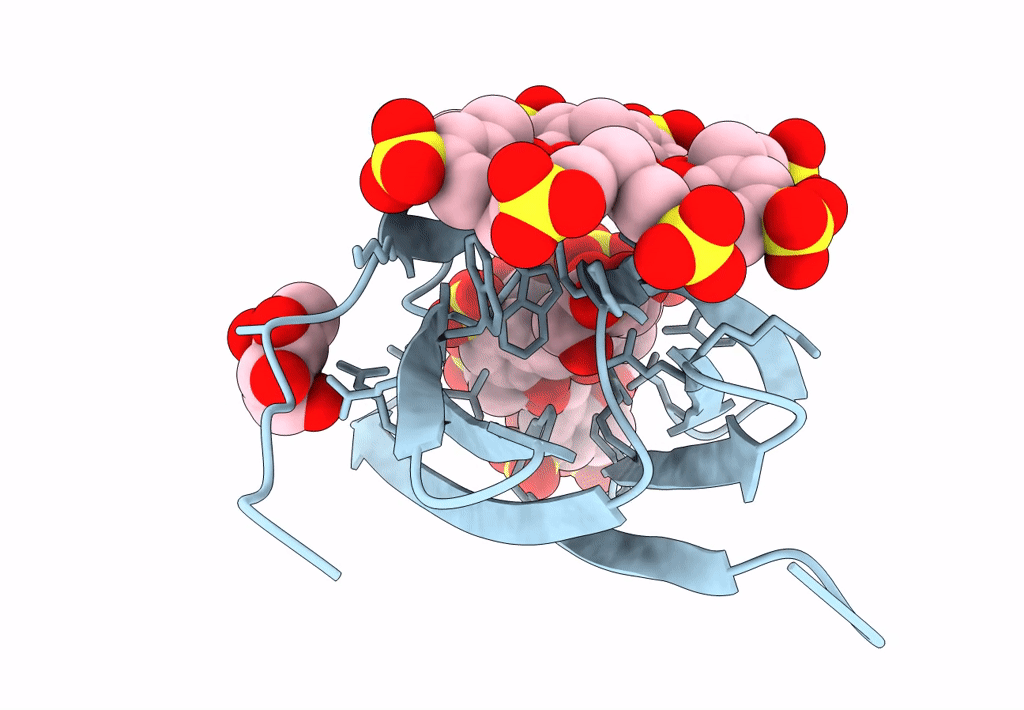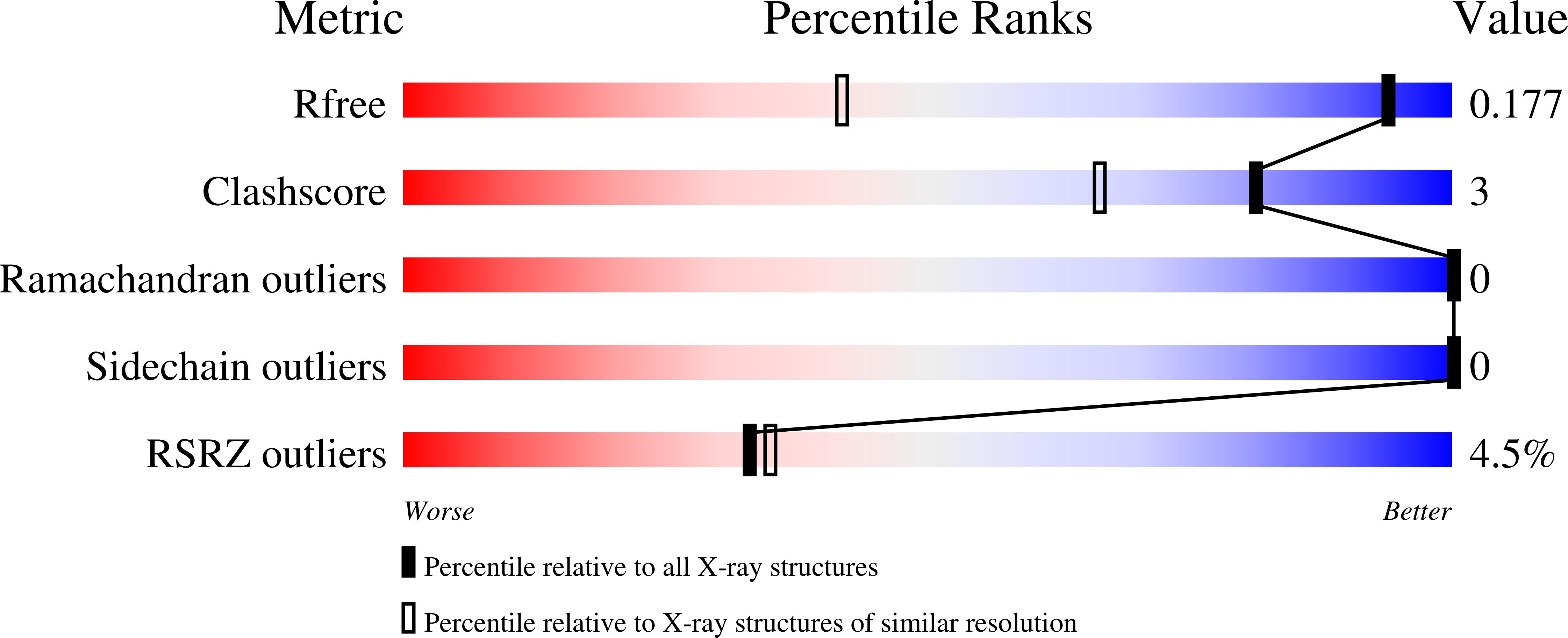
Deposition Date
2023-01-23
Release Date
2023-07-12
Last Version Date
2024-06-19
Entry Detail
PDB ID:
8C9Y
Keywords:
Title:
The MK-RSL - sulfonato-calix[8]arene complex, H32 form
Biological Source:
Source Organism:
Ralstonia solanacearum (Taxon ID: 305)
Host Organism:
Method Details:
Experimental Method:
Resolution:
1.18 Å
R-Value Free:
0.17
R-Value Work:
0.16
R-Value Observed:
0.16
Space Group:
H 3 2


